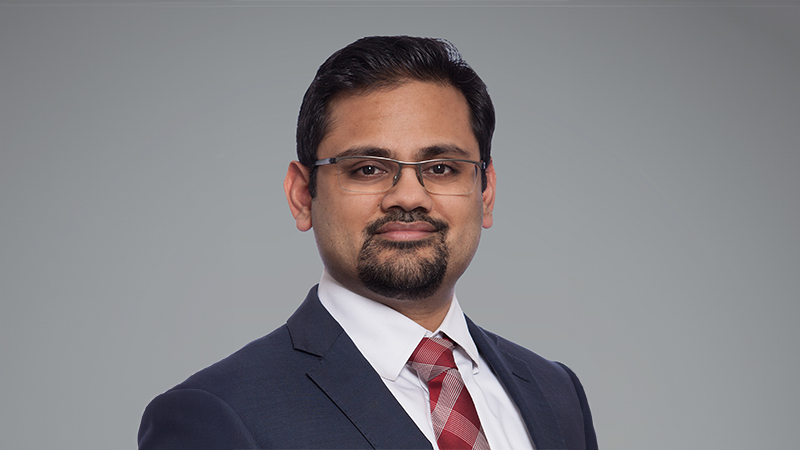The challenge for multi-asset investors is always to find new and uncorrelated sources of return.
Innovation – that's what you need
Tim Cockerill, investment director at Rowan Dartington, highlighted the Baillie Gifford Diversified Growth Fund as one which taps into a broad range of assets including insurance-linked bonds, absolute return, infrastructure, commodities and private equity. This fund, he said, is among a new breed of innovative products.
Convertible bonds is just one example of an asset class which is becoming more mainstream. “[Convertibles] seem to be a lot more popular now than they have been for many years,” said Richard Philbin, chief investment officer at Harwood Multi-Manager. “The easy fixed income party is over so more interesting ideas are being thrown around. We’ve found ourselves looking at the more illiquid end of the fixed income market, for example mortgage-backed securities.”
Philbin noted that the traditional view of asset classes does not necessarily apply at the moment, citing one group which runs a balanced portfolio which currently has a 100% allocation to equities. “They are that anti-fixed income they feel that’s the best way to protect their clients.”
Markets are, however, just beginning to normalise from a correlation perspective, said Philbin. “Quant strategies are starting to gain traction. A lot of multi-asset managers are building volatility-controlled or risk-controlled portfolios. There’s more structure because people want outcome-driven solutions.”
Correlation the driver
“We’re always trying to build portfolios which are diverse,” he added. “We have no idea when the next 9/11 or Japan earthquake will be. I do like the idea of having a few unusual ‘concept’ positions, partly so I can stand up in front of advisers and clients and say one of the reasons you picked me is I can pick these [asset classes]. You’ve got to justify the extra level of value and charges accordingly.”
David Hambidge, director of multi-assets at Premier, holds part of his portfolios in alternatives, but for him the key issue with any asset class is liquidity.
“My general comment on alternative-type investments is I don’t really think they’ll become mainstream because of liquidity. We do use them as satellite positions in portfolios but you have to have an eye on liquidity. We tend to access them via liquid vehicles but it can still dry up. Most of the correlation of alternatives we buy into is very low, but we recognise correlations do spike in a market crisis, although we try to use that to our advantage.”
Hambidge is also seeing commodities re-emerge as an asset class in its own right. “I didn’t like the high correlation they had with equities; they became part of the risk on/risk off scenario. But they’re now a separate asset class, and historically returns have been uncorrelated to equities and bonds.”
He also has a few positions in zeroes vehicles, although he notes this is a market that is shrinking.
Like Hambidge, Cockerill raises the issue of liquidity. One example is a timber fund in which he invested in the past where he waited more than 18 months for his money to be returned.











